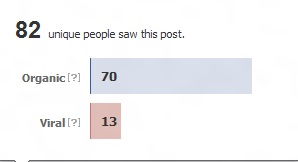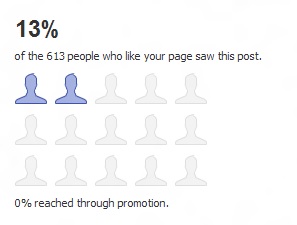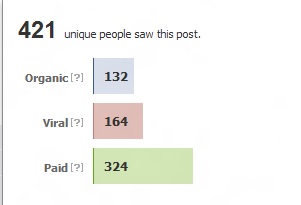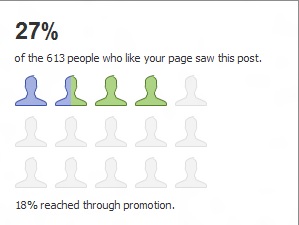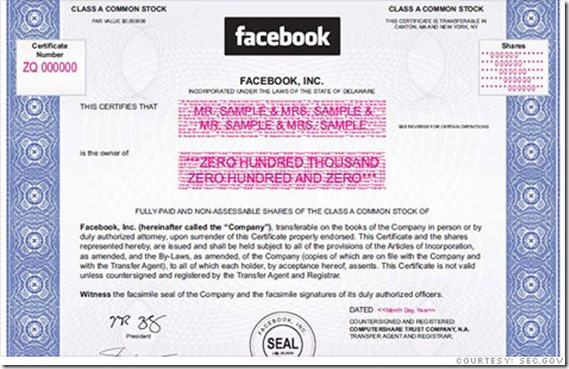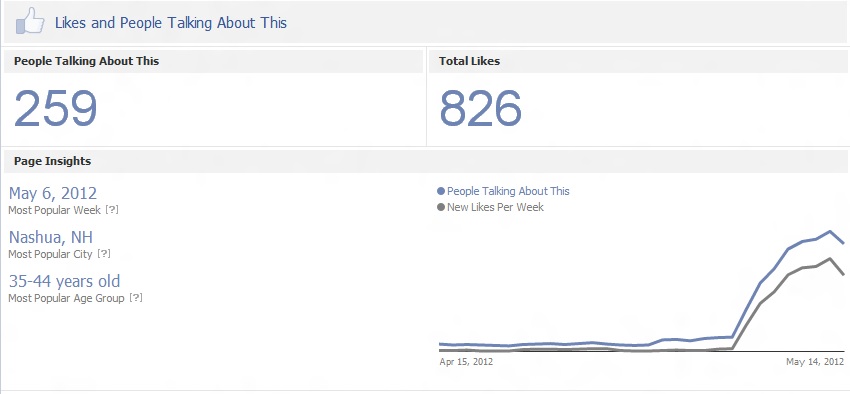 Social media skills have certainly come in demand for job-seekers in the marketing field and many companies are asking that candidates have some knowledge in how to market using social media. Many colleges have been offering classes in the social media arena for a while now. In fact, I’ve taken some of them. However, according to an article in Social Media Today, some colleges have taken it to the next level and have actually created entire social media degrees. An article published by The Center for Digital Education refers to Newberry College which plans on offering social media as a separate major starting in the Fall of 2013.
Social media skills have certainly come in demand for job-seekers in the marketing field and many companies are asking that candidates have some knowledge in how to market using social media. Many colleges have been offering classes in the social media arena for a while now. In fact, I’ve taken some of them. However, according to an article in Social Media Today, some colleges have taken it to the next level and have actually created entire social media degrees. An article published by The Center for Digital Education refers to Newberry College which plans on offering social media as a separate major starting in the Fall of 2013.
While the desire to get educated in social media is certainly admirable, any classes except those taught on a broad level with very general studies would be a waste of time and useless, in my opinion. Social media is a hyper-dynamic field in which one has to constantly adapt. Social networking sites are coming and going all the time. What’s hot today is thrown by the wayside tomorrow. Even if the classes focused entirely on the big two – Facebook and Twitter – even those two sites change continuously and while Twitter hasn’t made too many major changes, Facebook is constantly changing what its delivering to people’s newsfeeds. Even seasoned “pros” that have been working in the field for a long time constantly have to learn, evaluate and analyze not only current social media sites but also emerging ones.
To offer a college degree solely dedicated to social media is pointless on several levels. First, for the most part, the people that a university would employ as professors are typically not spring chickens. In fact, according to Wikipedia, the median age of a college professor is 55 years old with “very few people attain(ing) this position prior to the age of 40.” According to one study, more than half of social media users are between the ages of 25-44. Don’t get me wrong. I’m not saying that a 55 year old person isn’t able to “know” social media well enough to teach it to a bunch of 18 year olds. That being said, I believe most of those 18 year olds probably know (and use) social media more than their professors. As far back as 2009, there was a University that was offering a Master’s degree in Social Media. According to Mashable, “some of the students have already described the course as too basic.”
Learning effective marketing, in general, in association with business and writing skills is certainly valuable to a young person planning on going into the marketing field. However, how valuable will the social media knowledge that is taught to them in college be four years later which was, percentage-wise, not being taught by the most educated (social media-wise) professor? I’ve taken classes on social media in which I knew more about it than the professor, which was why I stopped taking them. My goal was to learn, not spend money for a piece of paper that says I’ve learned skills that are already outdated.
Social media changes constantly. Social networks come and go daily. Learning how to effectively market on any given social media platform is a continuous job filled with analysis and adaptation. Trial and error, testing and re-testing, then adapting strategies based on what works NOW, is how most social media professionals “get the job done”. If there was a magic bullet or concrete list of techniques detailing the best way to market on each platform, whoever wrote that would be rich. I equate it to offering a class on how to create viral videos… while the class may exist, there is no formula that can produce this result consistently or, again, whomever discovered that would be rich. Then, of course, if everyone knew how to create viral videos because some magic formula came along teaching them how, none of them would be considered “viral” anymore.
There is no way social media can exist as its own major and be relevant 4 years later. My advice would be to use college to fill up on effective marketing, statistics, and business courses, in general, and take extra time, on your own, doing what you’re already doing anyways – using social networks. Read and learn on your own from the people who are willing to share their knowledge and expertise online (of which there are many) and are taking the time to keep up with current trends, techniques and changes in the world of social media. You could try and secure an internship at a company that specializes in social media to gain some practical, current, working knowledge of social media marketing.
I guarantee that you will come out of college prepared to enter the job market and will not have wasted 4 years (and who knows how much money) just to learn at the end that you haven’t learned anything.





